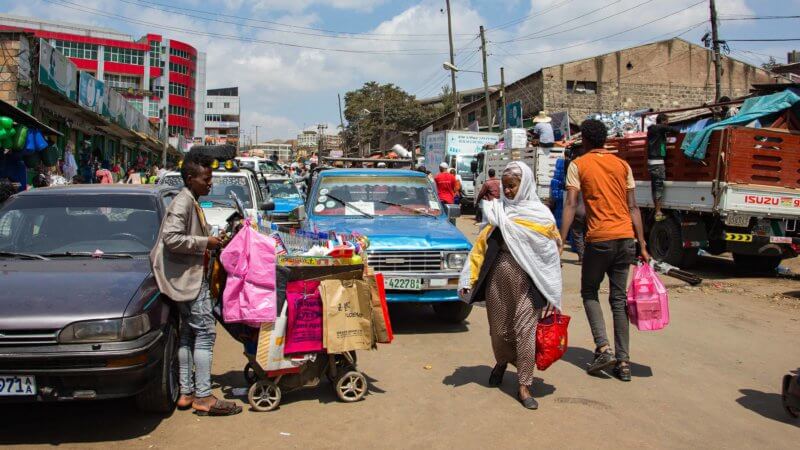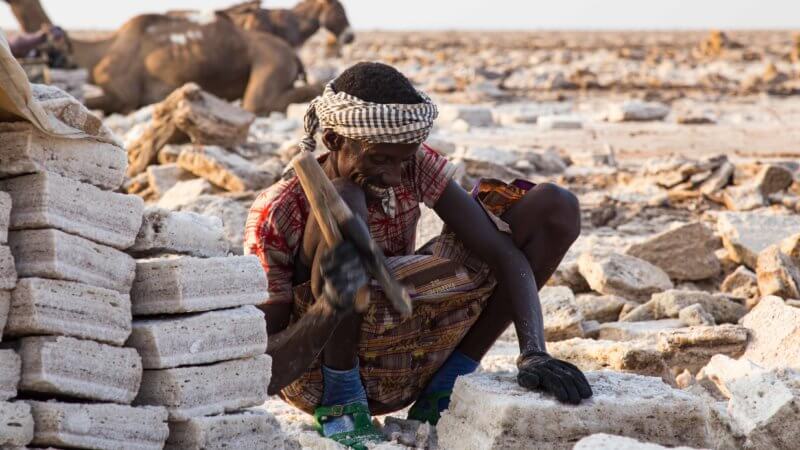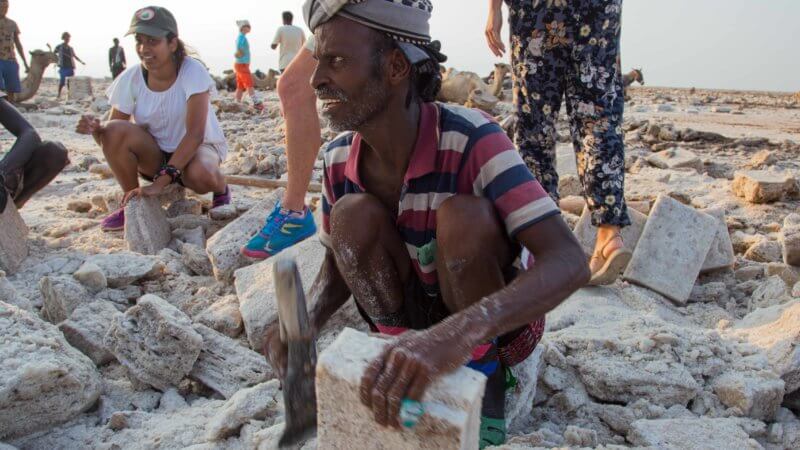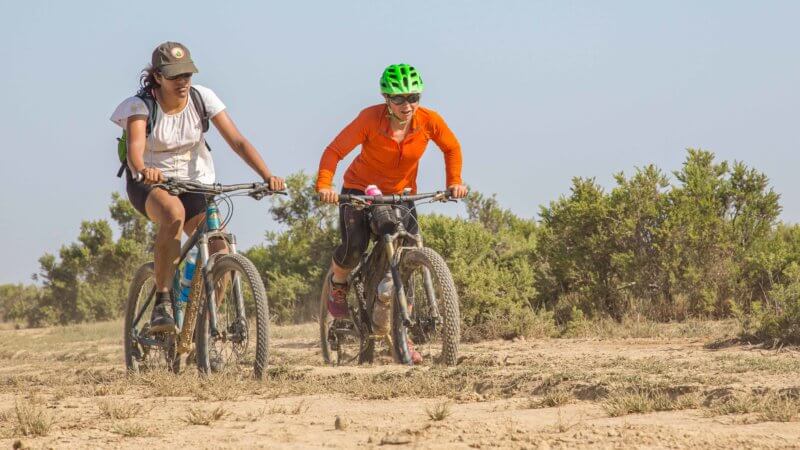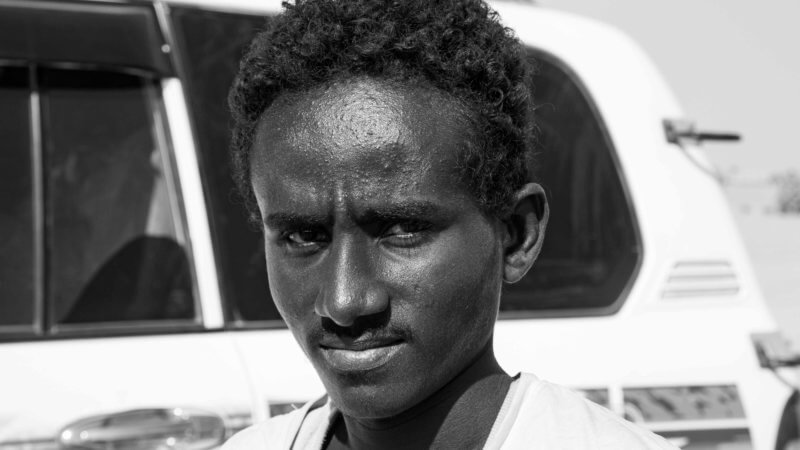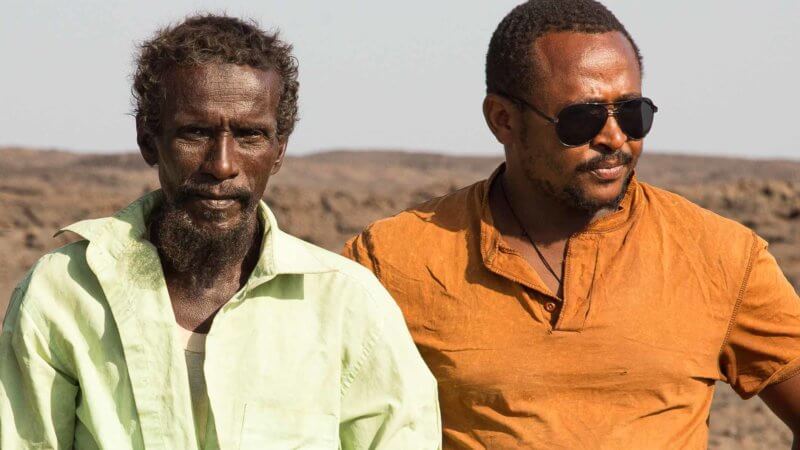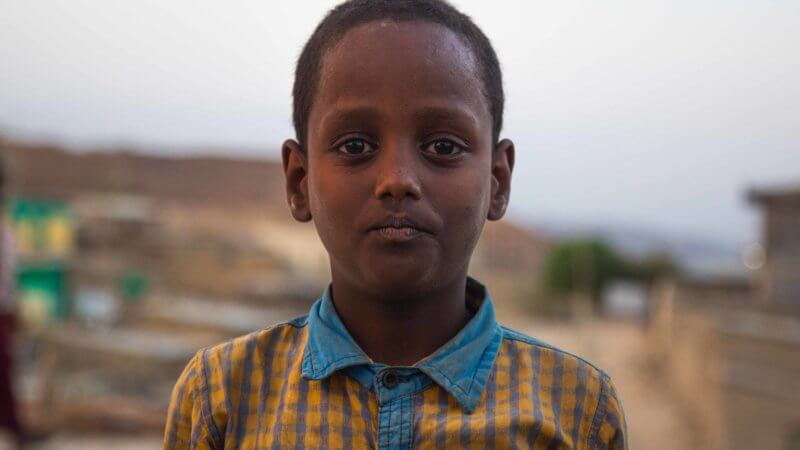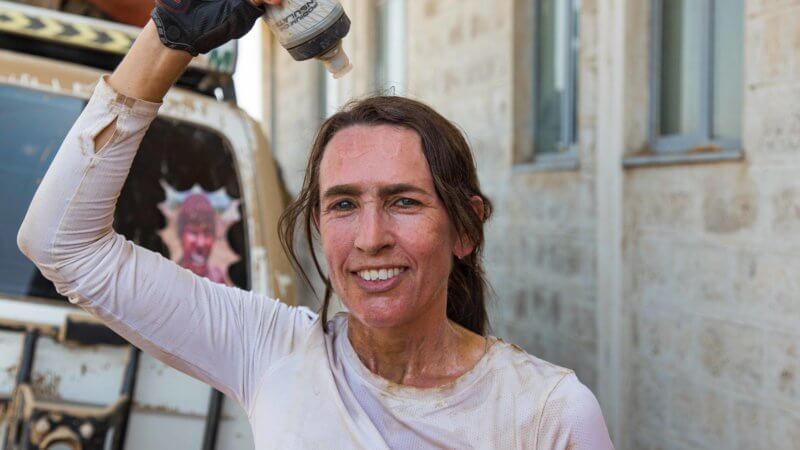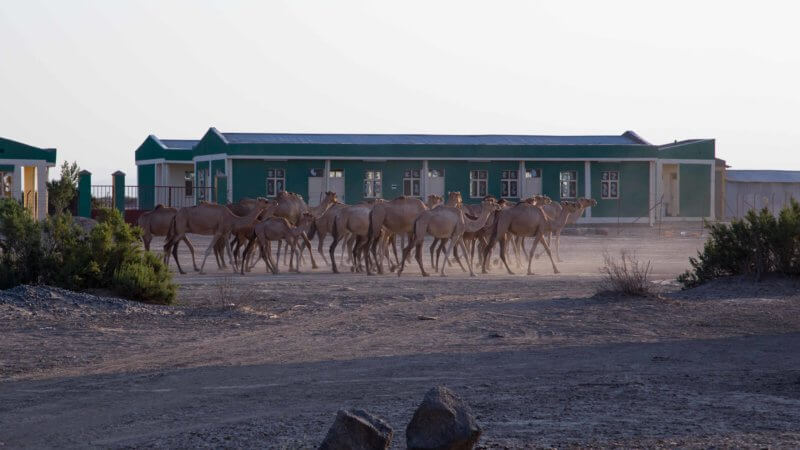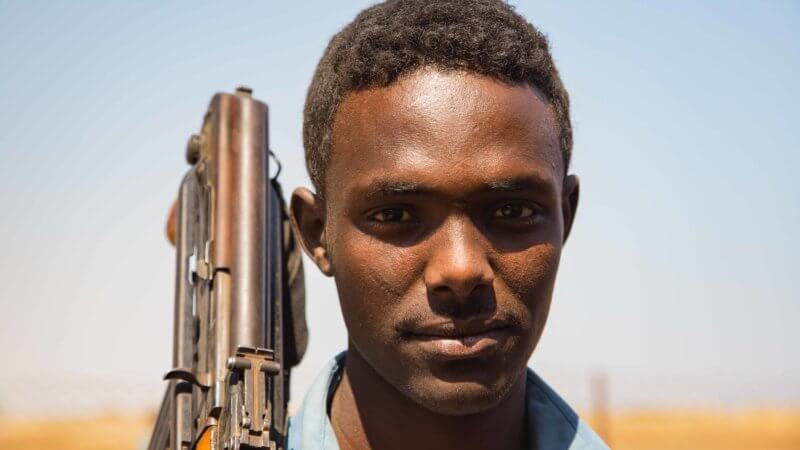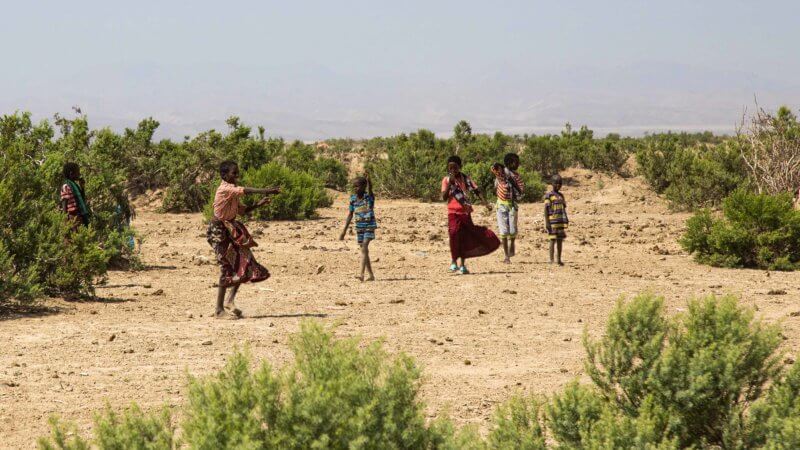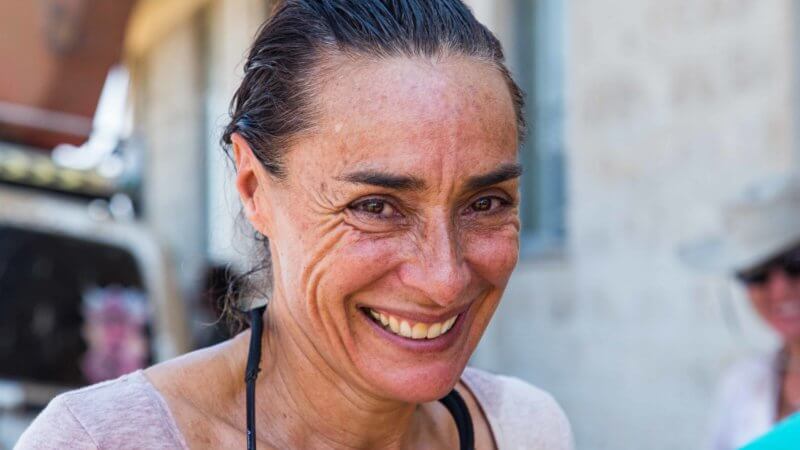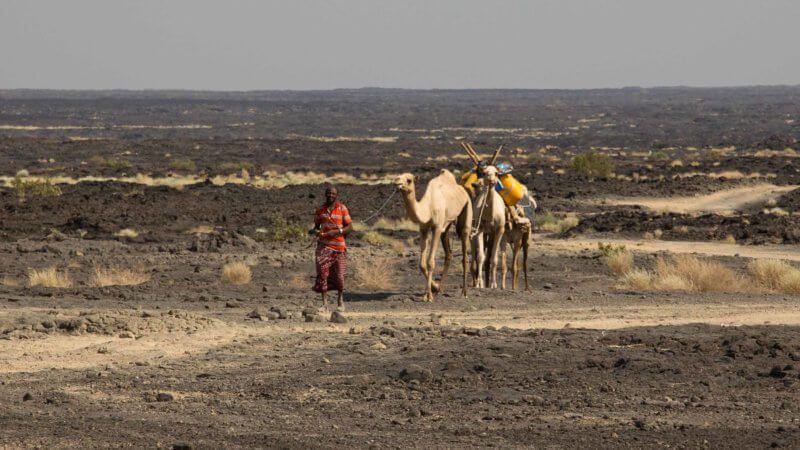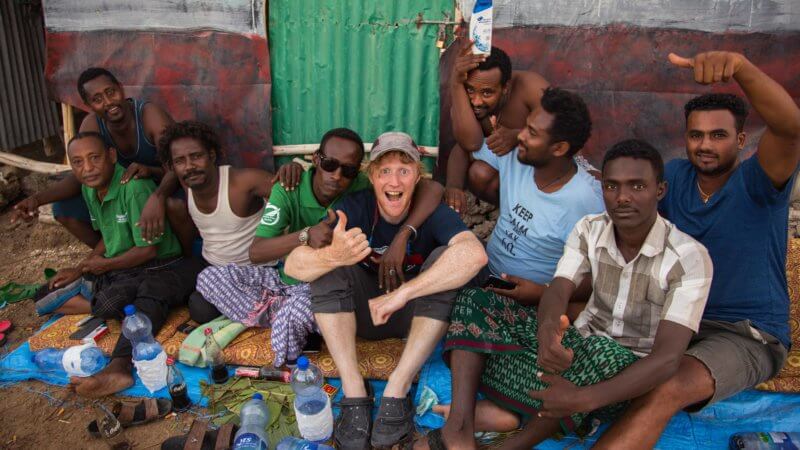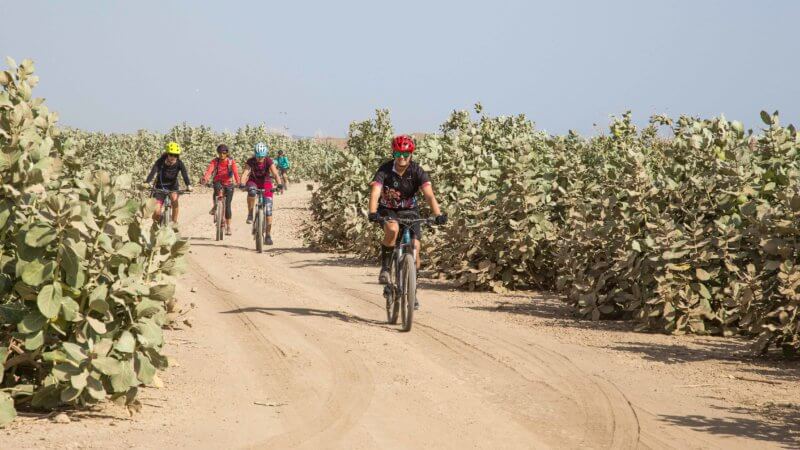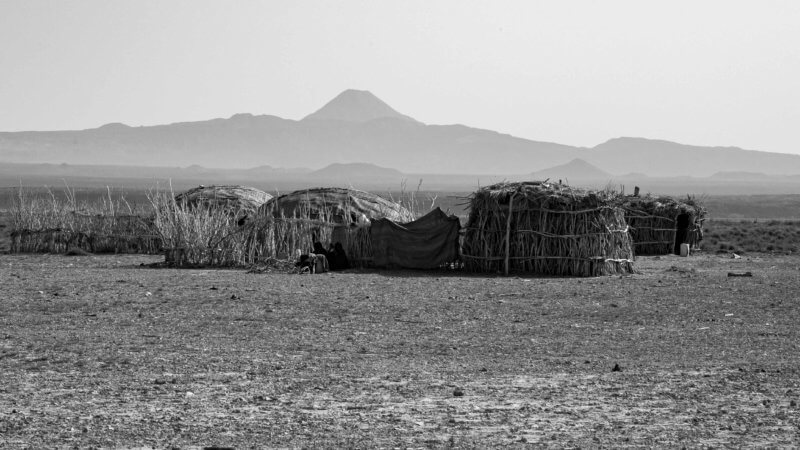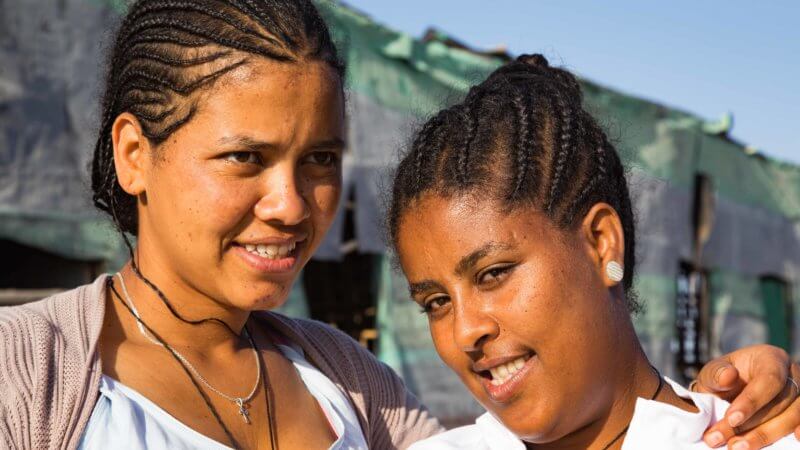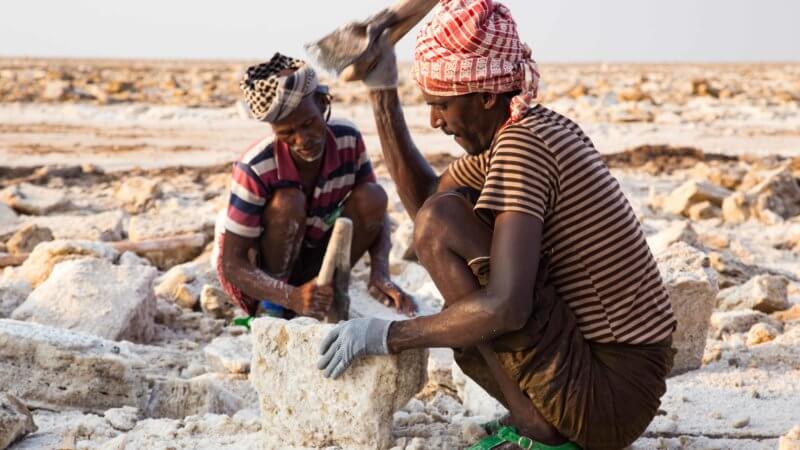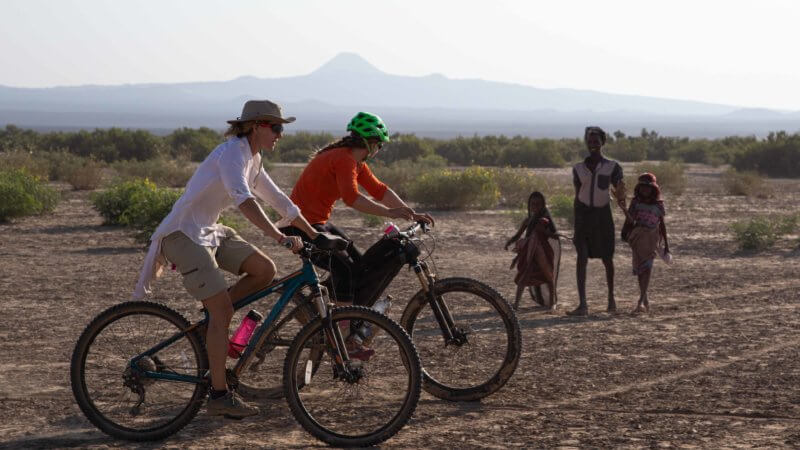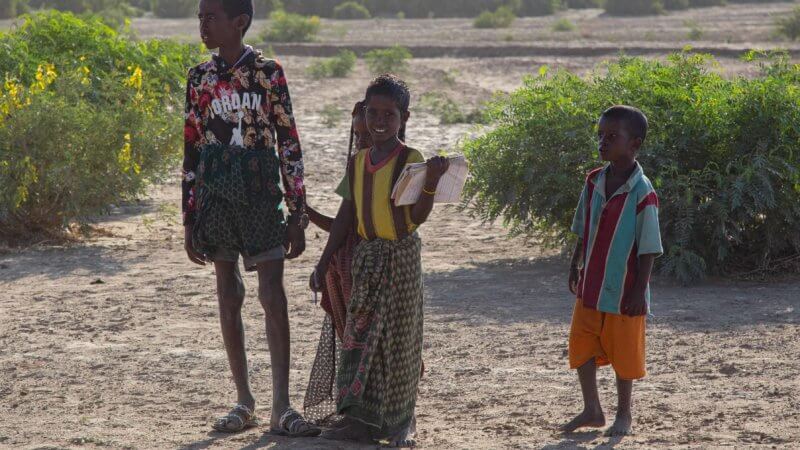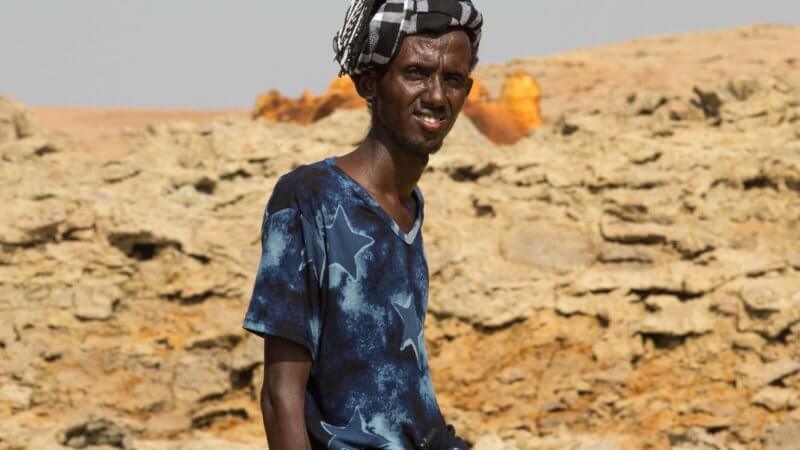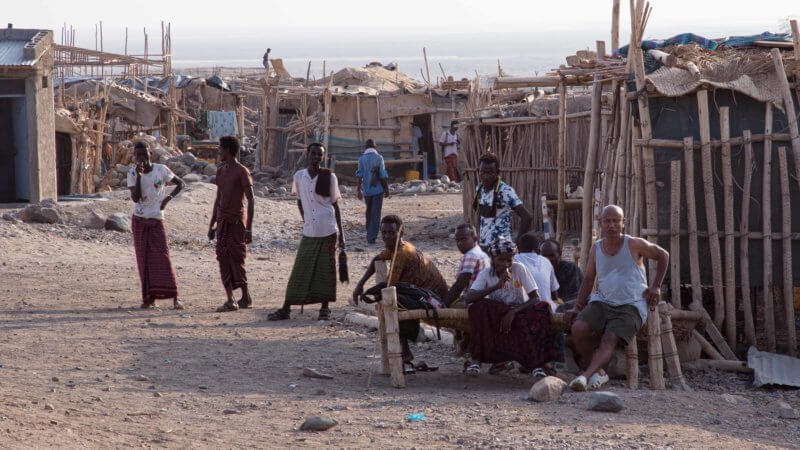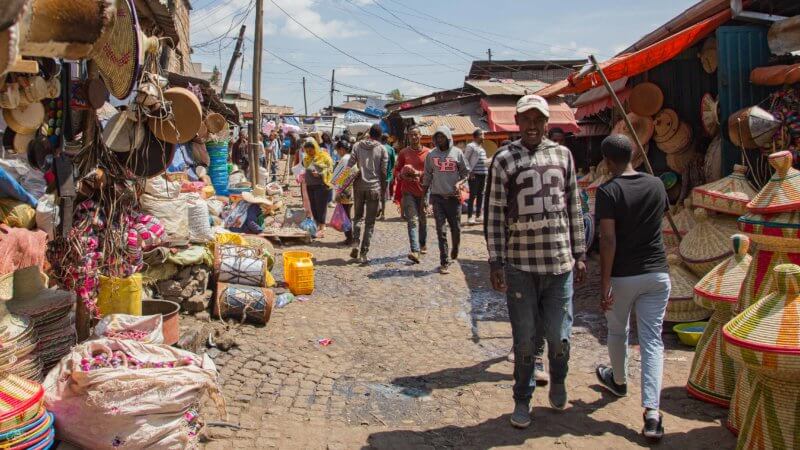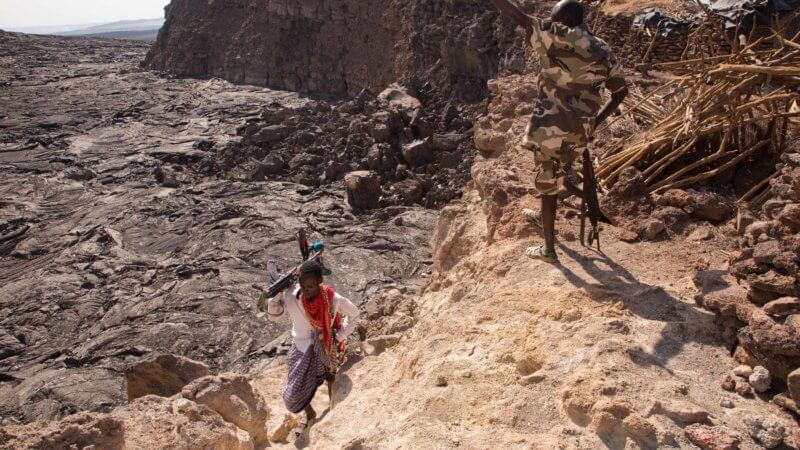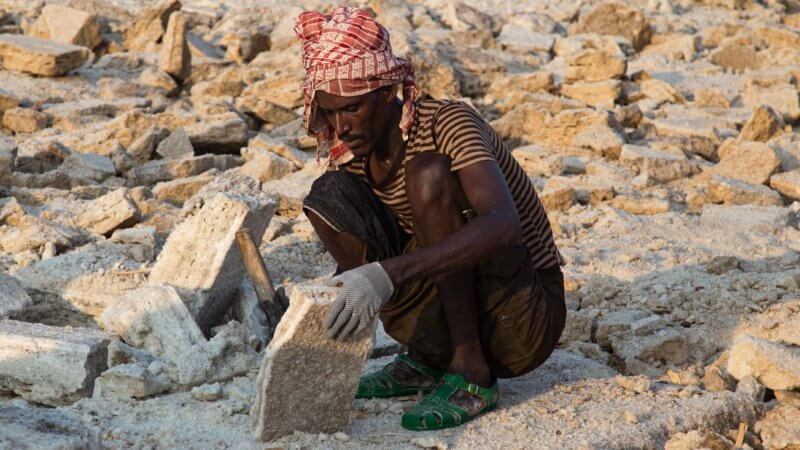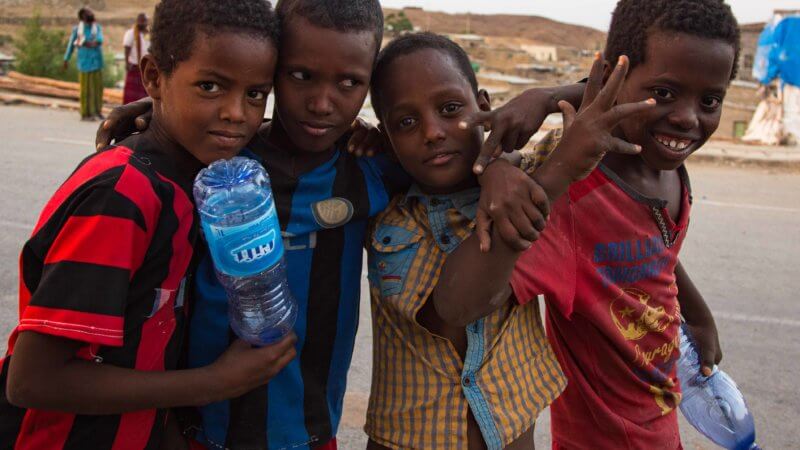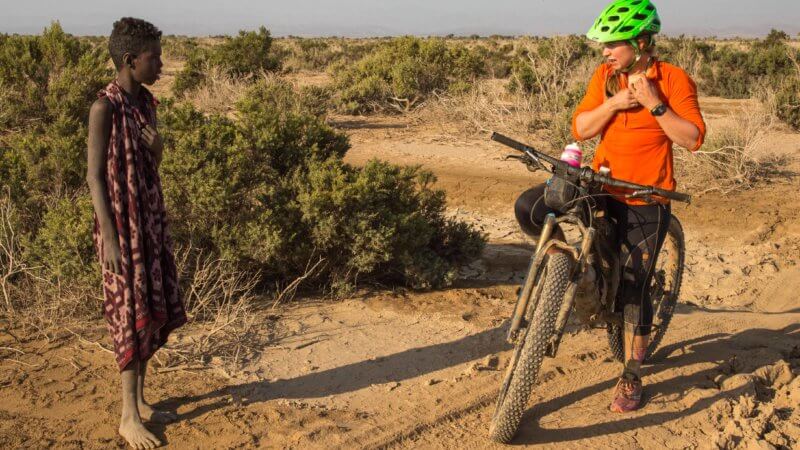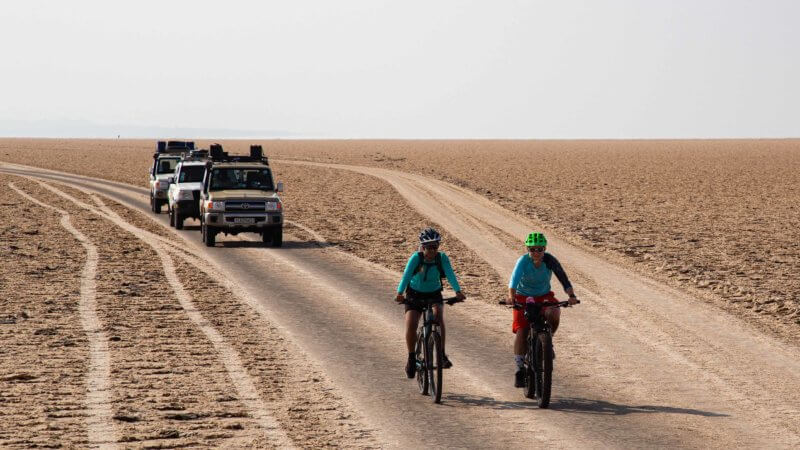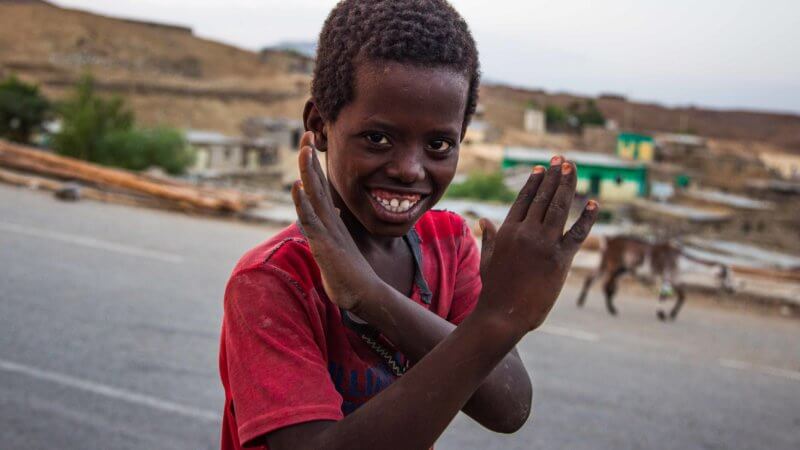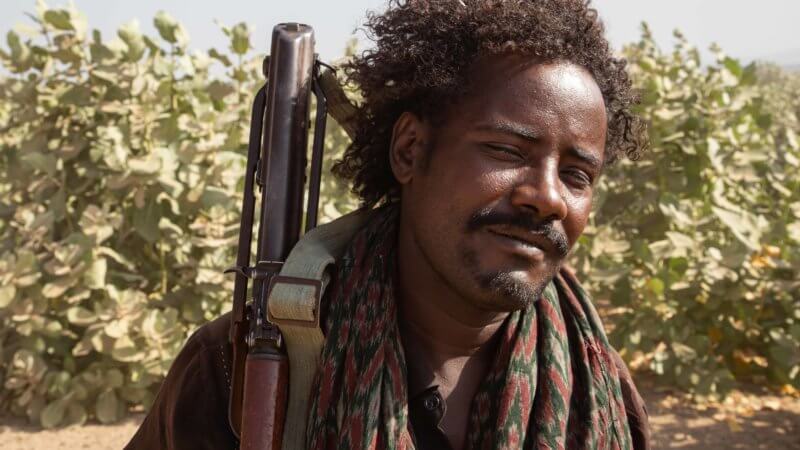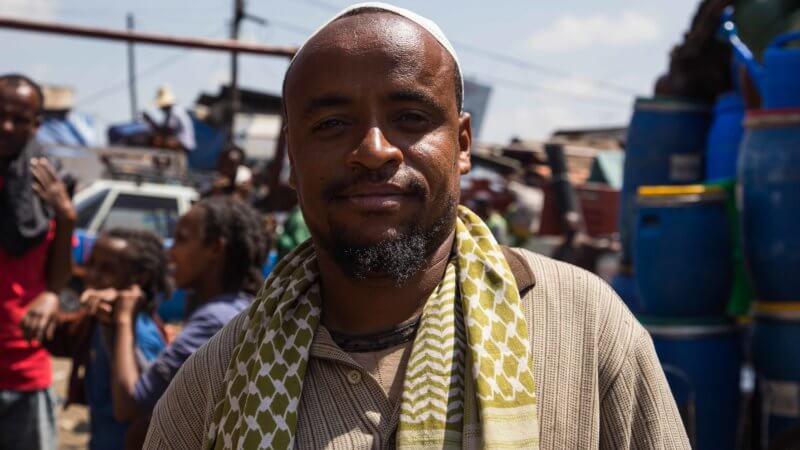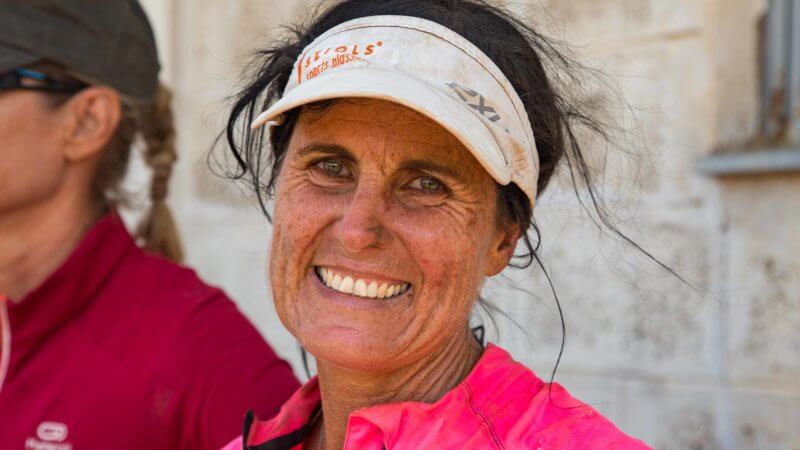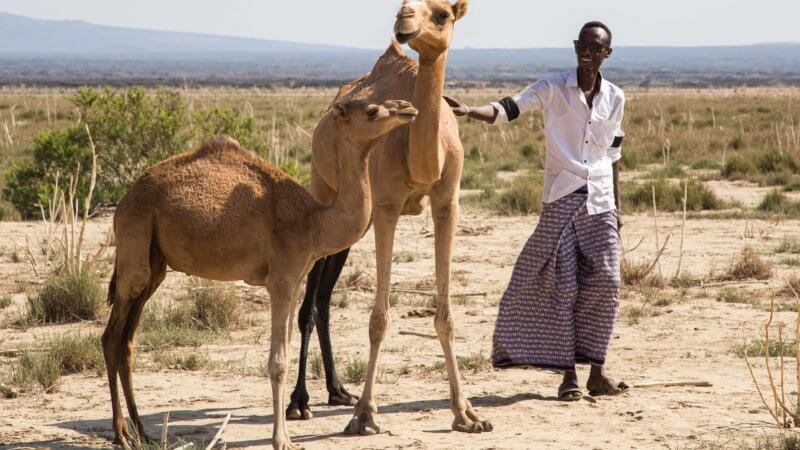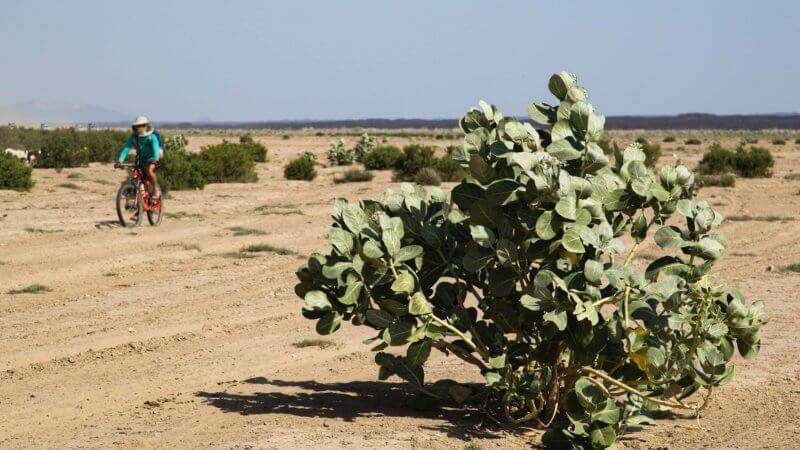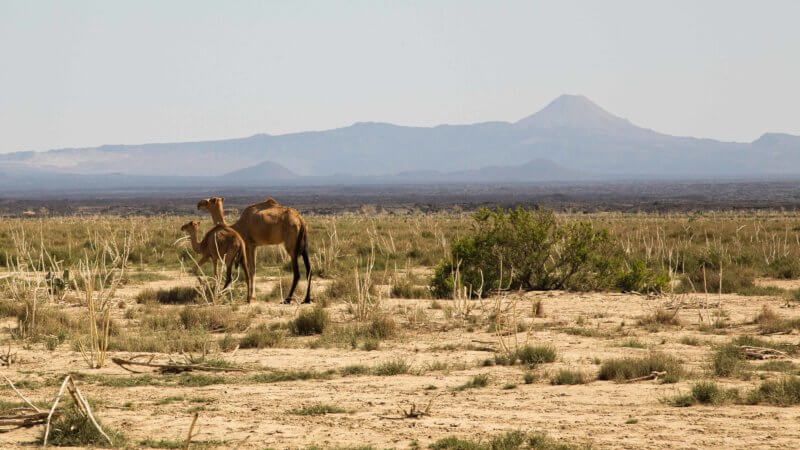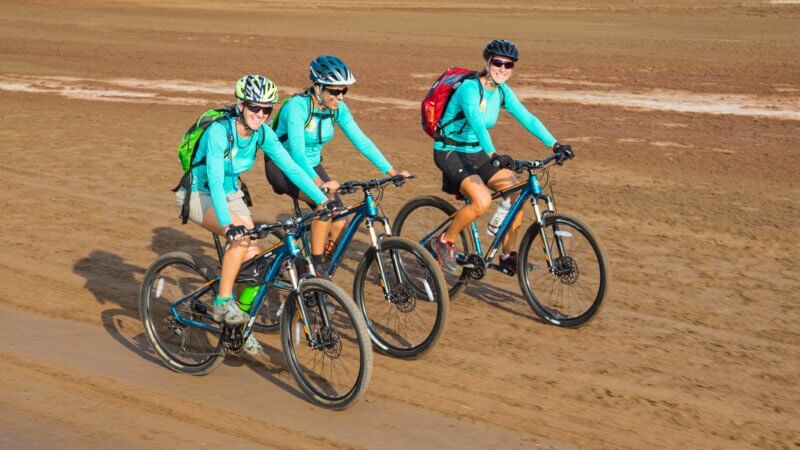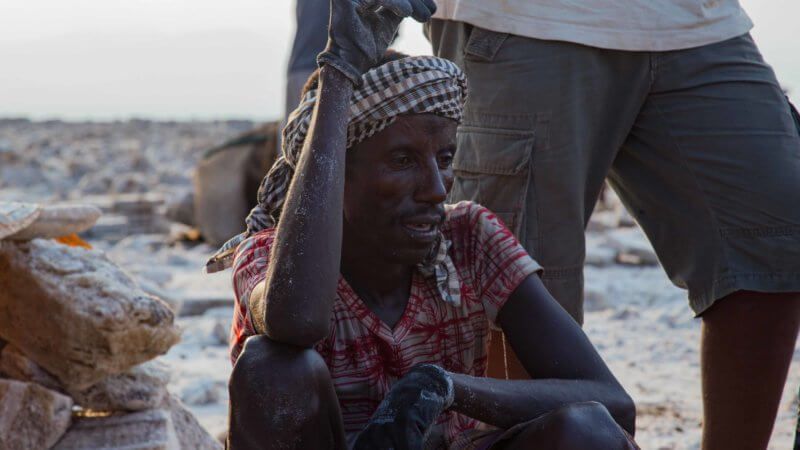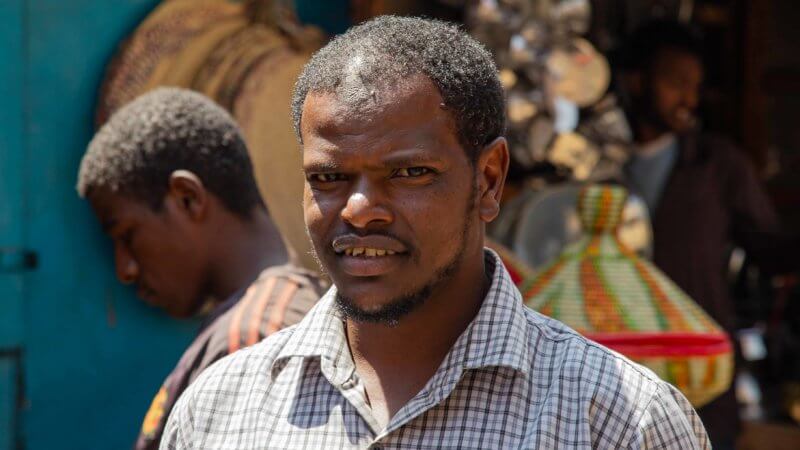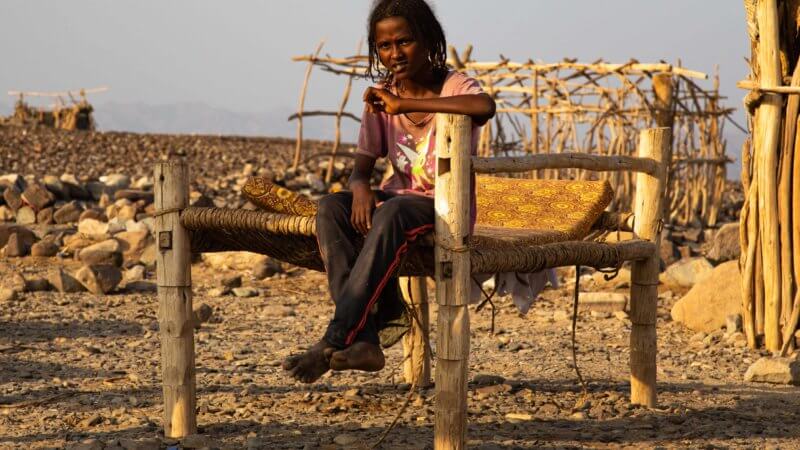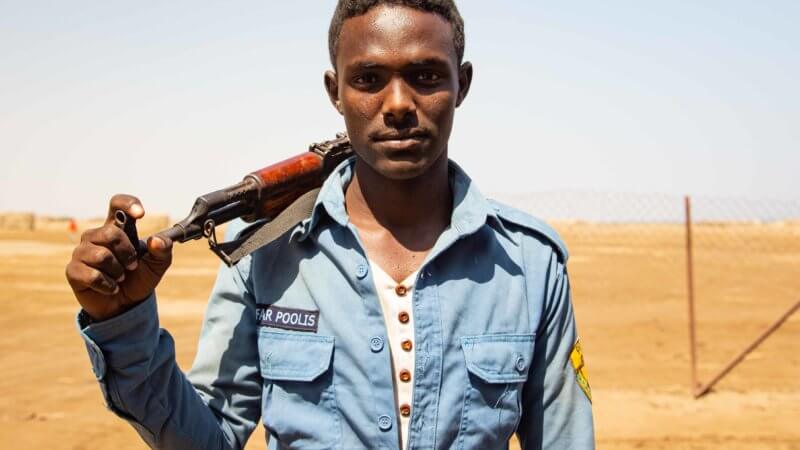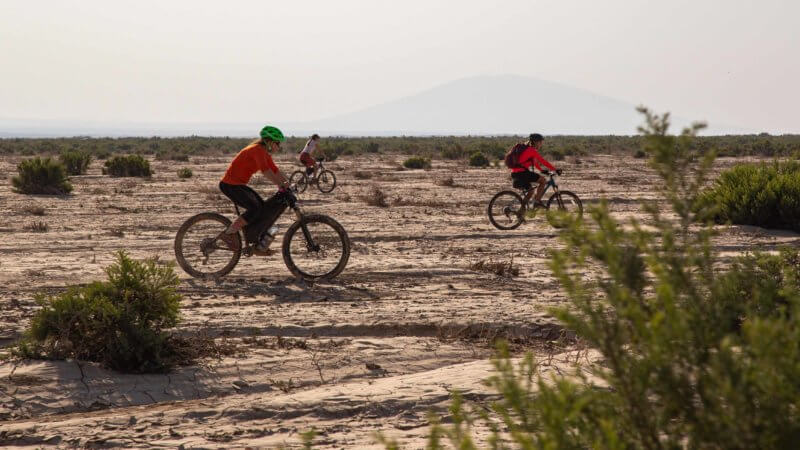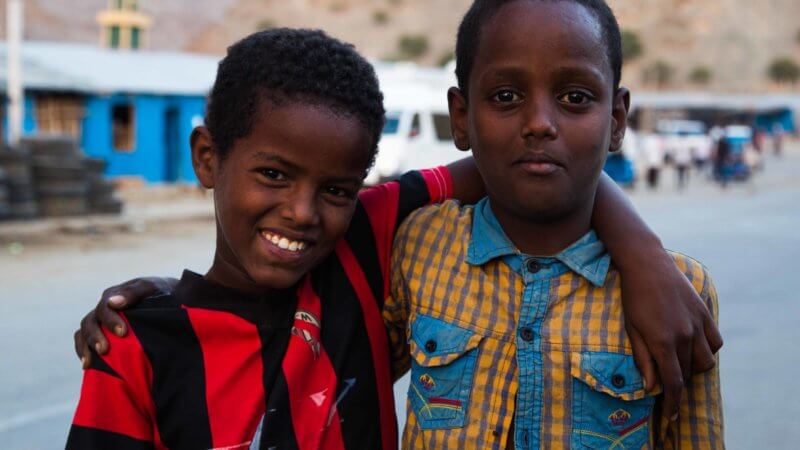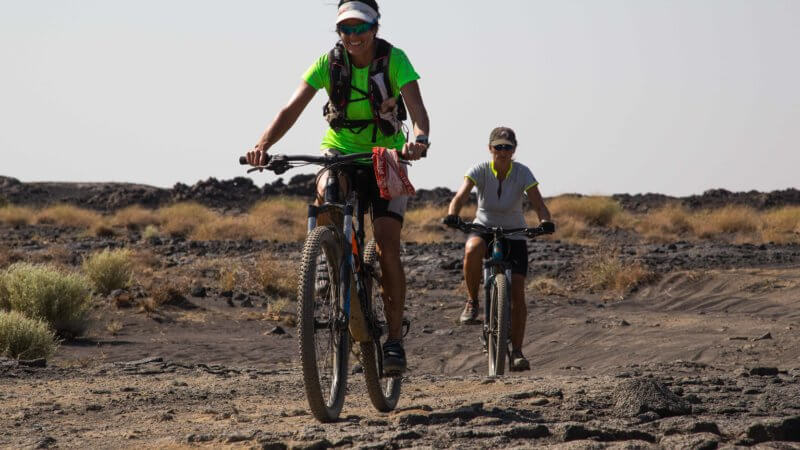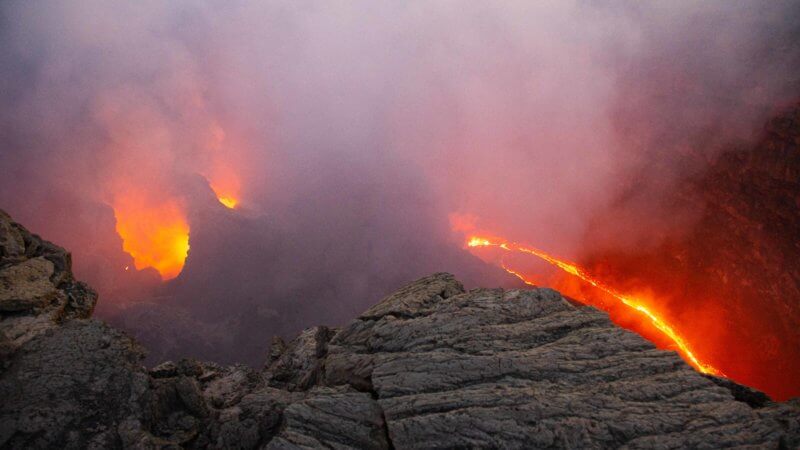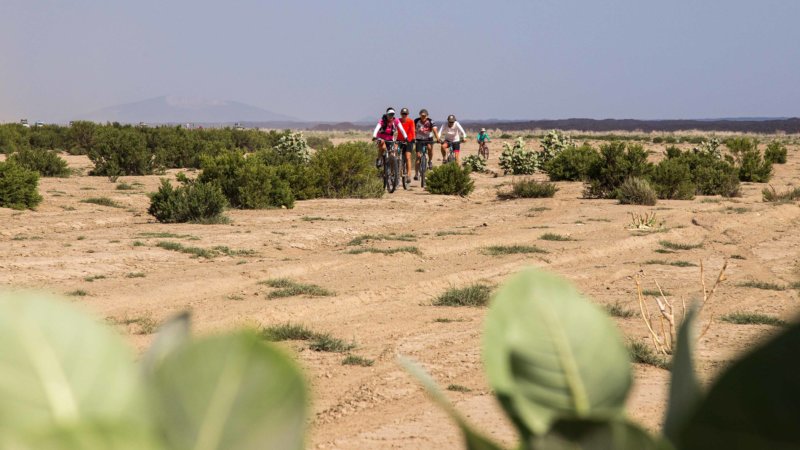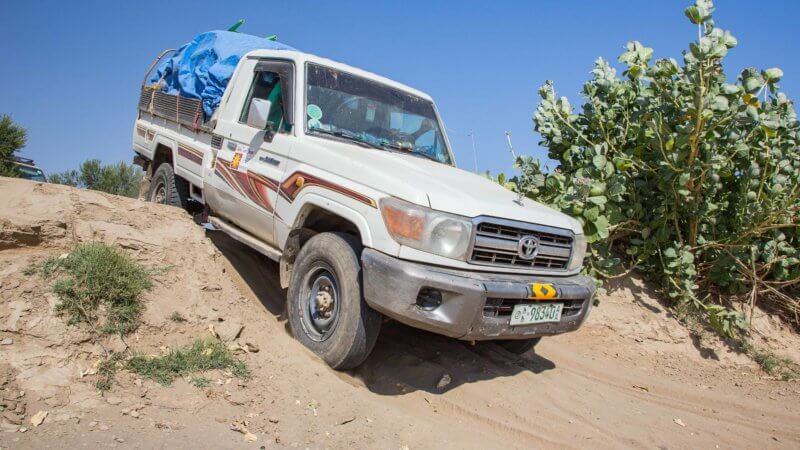The 200 by 50km Danakil Depression is a one-of-a-kind landscape in the Afar region of northeast Ethiopia. It features sulphur springs in Dallol, multiple volcanoes hundreds of meters high, and a mixture of scrubby Sahel, dunes, and salt pans. In 1974 American paleoanthropologist Donald Johanson discovered the 3.2 million-year-old remains of Lucy. The area is considered to be the cradle of humanity – unless, of course, you ascribe to Creationism! This collection of Danakil Depression photos covers Women on a Mission’s world-first crossing of the Danakil by bicycle. They covered 200km over six days, with daytime temperatures peaking at +50°C.
The geographical feature borders Eritrea. Its lowest point is Dallol, which is -125 m below sea level. With year-round average temperatures more than +35°C, it’s considered to be the hottest inhabited place in the world. Running through the centre of the depression are a dozen or so basaltic shield volcanoes with Ale Bagu (1,031 m) being the tallest. Erta Ale (613 m) is the most frequently visited of them all, mainly because the area’s only village – Ksrawat – is near the base. Accessing other volcanoes, such as Borale Ale (668 m), Alu (429 m) and Dalaffilla (613 m), is much more difficult due to the lack of tracks and the occasional threat posed from Afar rebels rumoured to live near to the Eritrean border. For photographs of the Afar, check out Eric Lafforgue’s collection on Atlas of Humanity. These Danakil Depression photos will give you an idea of the harshness of the Afar landscape and what to expect if you visit. Given the political and security situation in the area it’s very difficult to travel here independently — permits are necessary and the government requires you to be accompanied by a guide and armed security.
My photography has been published in the following outlets:













